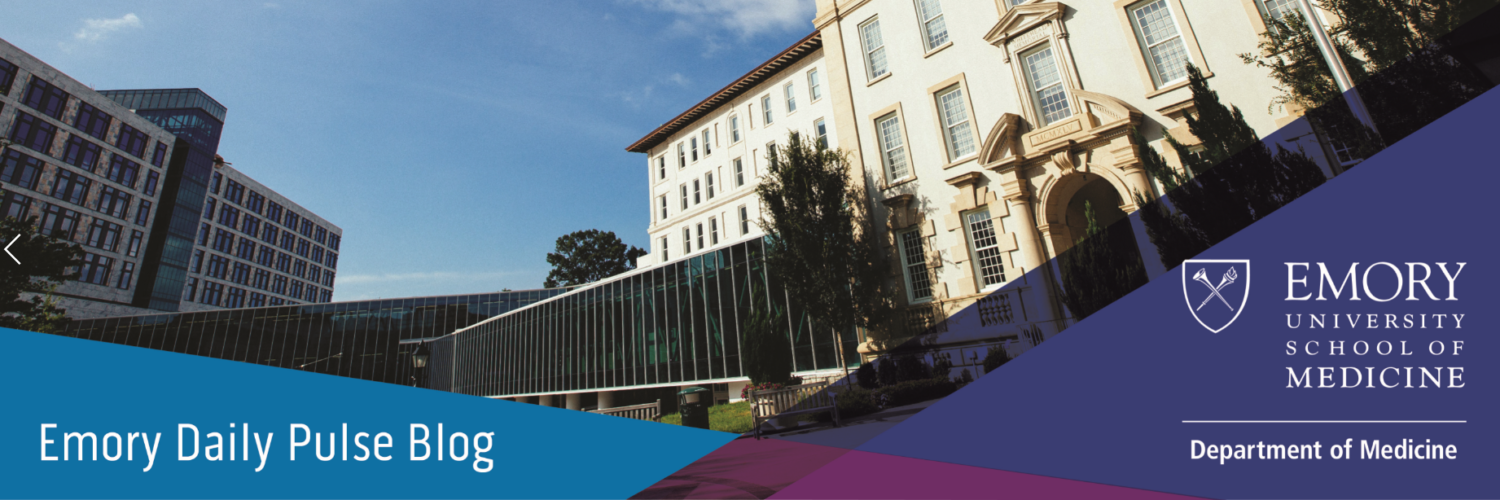Monthly Case from the Department of Medicine
Rare Anemia Unmasked: Navigating the Uncommon Terrain
Submitted by:
Shaheen Fatima, MD
Assistant Professor
Division of Hospital Medicine
Edited by:
Mary Ann Kirkconnell Hall, MPH
Senior Medical Writer
Division of Hospital Medicine
STORY AND CASE:
A 25-year-old woman presented with fatigue, diffuse body pain, abdominal pain, nausea, vomiting, diarrhea, fever and feeling unwell for the past two days. She had no significant family or surgical history, reported occasional use of alcohol, and denied use of tobacco or illicit drugs.
Labs were pertinent for hemoglobin and hematocrit of 4.4/13.6, mean corpuscular volume of 107, elevated reticulocyte count, total bilirubin of 26.7, direct bilirubin of 21.9, leukocyte count of 16.3 with neutrophilic predominance, normal haptoglobin, and elevated lactate dehydrogenase (193), d-dimer, fibrinogen, INR (1.6), and procalcitonin. Peripheral smear was significant for teardrop cells, spherocytes and toxic granulation. Coombs auto-antibody test for both warm and cold and direct anti-globulin testing (DAT) were positive. Stool studies, blood cultures and chest X-ray were negative.
She was transfused six units of packed red blood cells (pRBC), high-dose corticosteroids, intravenous immune globulin (IVIG), epoetin alfa, and folic acid, but labs were consistent with persistent hemolysis and poor response.
Bortezomib was administered on day five of admission with improvement in blood counts and hemolysis. She received three doses of IVIG and four doses of bortezomib. CT abdomen showed no evidence of biliary obstruction, cholecystitis, or hepatomegaly, revealing splenomegaly. US abdomen was negative for biliary obstruction. MRI of the abdomen revealed morphological changes of chronic liver disease without evidence of hepatocellular carcinoma. Epstein–Barr virus (EBV) qualitative PCR was positive; viral capsid antigen (VCA) IgG and EBV nuclear antigen IgG were positive, but anti-VCA IgM was negative, indicating likely past infection. Hepatitis panel was negative; mycoplasma IgG was positive but IgM negative. She had positive antinuclear antibodies (ANA) but no other findings suggesting systemic lupus erythematosus; it was determined ANA was positive due to IVIG infusion.
She improved throughout the hospital course, hemolysis resolved, hematocrit and hemoglobin stabilized, and she was discharged with prednisone taper and hematology follow-up.
What’s the Diagnosis?
Mixed autoimmune hemolytic anemia
ANSWER AND EXPLANATION
In this case, mixed autoimmune hemolytic anemia (AIHA) with predominant extravascular hemolysis leading to conjugated hyperbilirubinemia was successfully treated with bortezomib.
Hemolysis in AIHA typically results in elevation of unconjugated bilirubin; in our case, this patient had significant elevation of conjugated bilirubin as compared to unconjugated bilirubin. CT and US abdomen were negative for biliary pathologies. Hepatitis panel, serum copper, serum ceruloplasmin, mitochondrial antibody, and smooth muscle antibody were negative; and liver enzymes and alkaline phosphate were not elevated on admission. However, PT and INR were elevated, and MRI of the abdomen revealed morphological changes of chronic liver disease without evidence of hepatocellular carcinoma (liver biopsy was not pursued inpatient due to patient’s preferences).
Hemolysis with predominantly conjugated bilirubin may be present with underlying liver pathology. In our patient, there was evidence of past EBV infection, which could be responsible for her chronic liver disease. Studies report almost one in three patients with EBV-driven lymphoproliferative disease have liver involvement, and liver failure is an important cause of death in this group [1]. Our patient was scheduled for liver biopsy outpatient for further evaluation.
DISCUSSION
AIHA results from increased red blood cell (RBC) destruction by anti-RBC autoantibodies with or without complement activation. It is classified into warm and cold AIHA depending upon temperatures at which auto-antibodies react with RBCs. Warm-AIHA (w-AIHA) is more common and is diagnosed with presence of autoantibodies that react at temperature ≥37 degrees Celsius whereas in cold-AIHA autoantibodies react at temperature <37 degrees Celsius. Mixed warm and cold AHIA is characterized by the presence in the serum of both an IgG warm autoantibody and a cold-active IgM antibody with wide thermal amplitude. It can be either primary or idiopathic or secondary (associated with systemic lupus erythematosus) [2]. Diagnosis of AIHA is based on findings consistent with hemolytic anemia. Treatment consists of corticosteroids, rituximab and immunosuppressive agents in severe cases.
CITATIONS
- Petrova M, Kamburov V. Epstein-Barr virus: silent companion or causative agent of chronic liver disease?. World J Gastroenterol. 2010;16(33):4130-4134. doi:10.3748/wjg.v16.i33.4130
- Packman CH. The Clinical Pictures of Autoimmune Hemolytic Anemia. Transfus Med Hemother. 2015;42(5):317-324. doi:10.1159/000440656


Be the first to comment on "Faculty Development Case of the Month: January 2024"